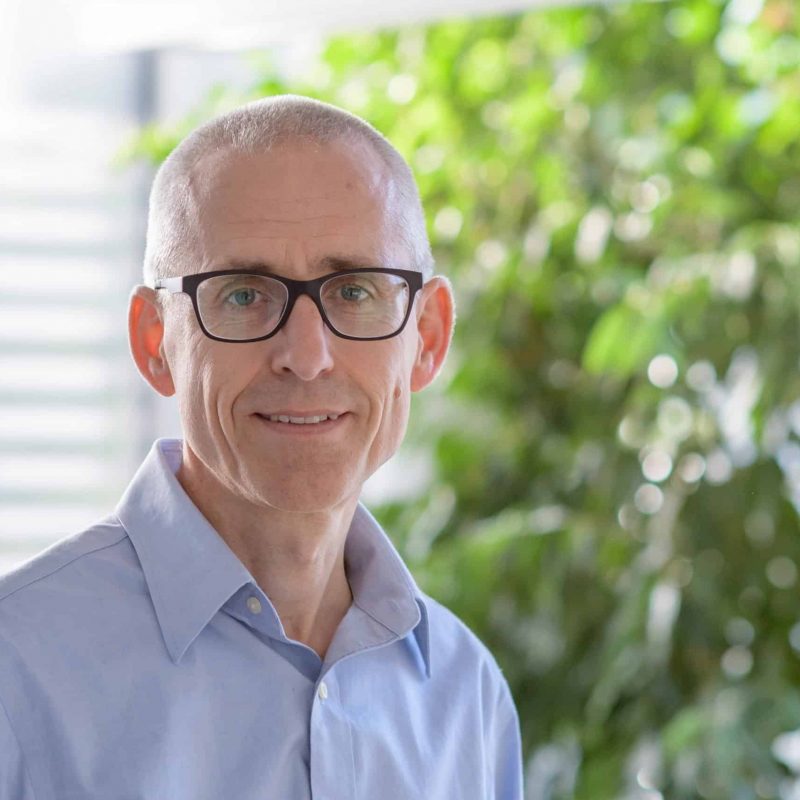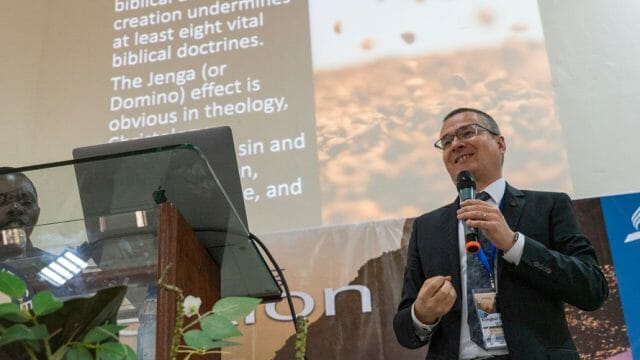Agricultural initiative highlights need to aim for long-term profitability.

Many charitable organizations struggle with evaluating a project after its completion. The project funds have been used up, the project office has been dissolved, and the project staff is busy in another project. But then, for local people, the sobering everyday life begins. No more visits from project staff, no more support from the project.
Only when people are on their own is it possible to determine how practicable and profitable a project actually is. Such knowledge is essential to better plan and implement future projects. Without this information, the risk of repeating mistakes might be very high.
First Signs of Profitability
Shortly before completion, there are already signs of whether a project will continue sustainably and independently or whether the local people will fall back into their old patterns, says Marcel Wagner, managing director of the Adventist Development and Relief Agency (ADRA) in Austria.
“People are aware of what happens when a project comes to an end,” he said. “When they are asked what they have learned and what they will continue to do, they will either ask for more tools or equipment, or people will talk about the success of the project and would be happy to continue working independently.” According to Wagner, you hear answers like, “We don’t need any more assistance, we can buy what we need ourselves, but we would still like to have information about a technical topic.”

Cooperative Implementation in Nepal
Last year, Wagner had the opportunity to visit a project south of Bardibas in Nepal, which was completed in the spring. A good six months had passed since then.
Surendra Thakur, chair of the cooperative founded to unite and organize all the farmer groups in the project, met Wagner in the market center, which belongs to the cooperative. Here, the farmers come together every Tuesday and Friday to sell their products. Sometimes the cooperative also buys vegetables or seeds from several farmers and sells them in larger quantities at the market.
In the meantime, local authorities have made available a piece of land behind the market building so that the cooperative can improve its services of networking, market connection, information, and training for the farmer groups and further expand the local market infrastructure. Some of the vegetables produced are already being delivered to Bardibas.
An Agricultural Technician and a Rice Harvester
The cooperative consists of 942 members. They all belonged to one of the 42 farmer groups organized and trained by the project. Farmers benefit from the cooperative because they do not have to pay for the transport of goods, which gives them a higher income.
Currently, agricultural technicians are paid to provide direct support to farmers in case of problems. In the near future, the cooperative wants to hire a veterinarian to take care of the farmers’ livestock. The cooperative also purchased a rice harvester and a thresher, for which it received a bank loan of three million Nepalese rupees (about US$23,000) with a term of four years. Thakur is confident that they will be able to repay the loan in time, as farmers will be cultivating larger areas in the coming season.
Reforestation of Riverbeds
In addition, the cooperative entered into a contract with Muktinath Krishi Company Limited and Varaha Climate AG Private Limited. It is an agreement to improve the livelihoods of farmers through a CO2 project to support the reforestation of riverbeds.
The signed contract is a 20-year carbon sequestration project in which additional fruit trees (mango, lichi, lemon, jackfruit) will be planted on an area of about 100 hectares in the sedimented riverbeds. Funds have already allowed participants in the new project to plant the first 1,000 seedlings.
Wagner said this will improve the economic situation in the region. “Local markets could offer more products, so that it would be possible to reduce the import of products from India,” he said. Wagner is convinced that these fruit plantations in the riverbeds will make an active contribution to the consolidation of the soil, to be able to use it again for agriculture. “The harvests created income for landless people and supported the local economy,” he said. “The trees store CO2 and thus make an active contribution to environmental protection, which at the same time earns money to strengthen the cooperative.”
About ADRA Austria
ADRA Austria is a registered, state-independent aid organization that has been awarded the Austrian Donation Seal of Approval. It was founded in 1992 and is supported by the Seventh-day Adventist Church in Austria. Depending on the project, ADRA Austria cooperates with ADRA International and other ADRA country offices.
After its foundation, the charity initially carried out projects mainly in Southeastern Europe and Africa. After the tsunami disaster in 2004, the agency increased its activities in Asia, particularly Sri Lanka and India. Since then, ADRA Austria programs have constantly expanded to include people from other continents.
The original version of this story was posted by Adventistische Pressedienst.








